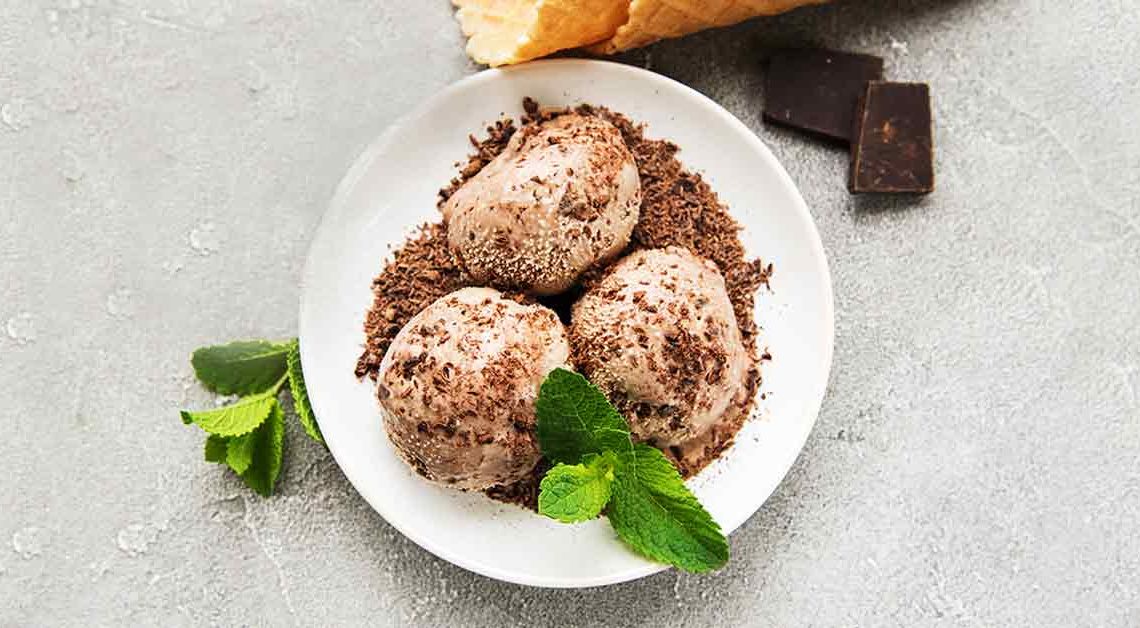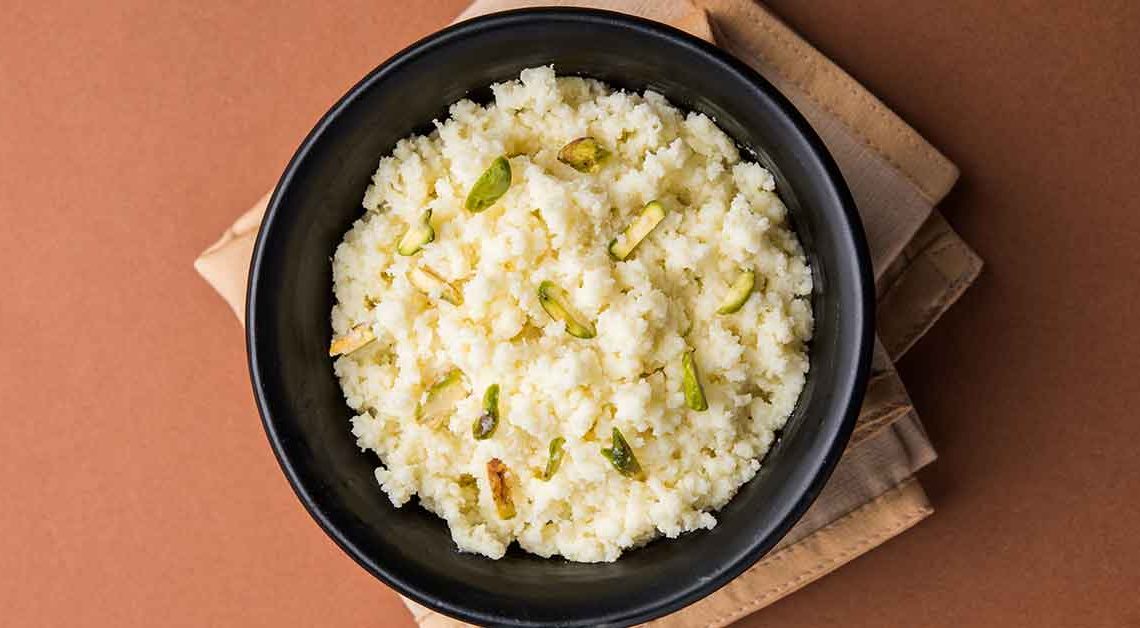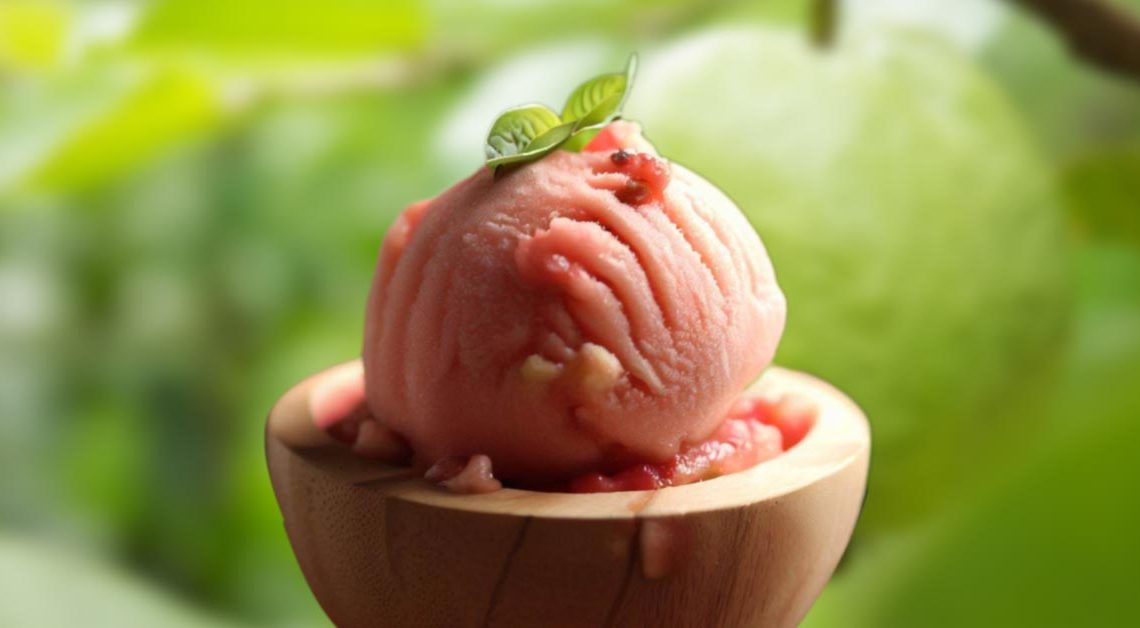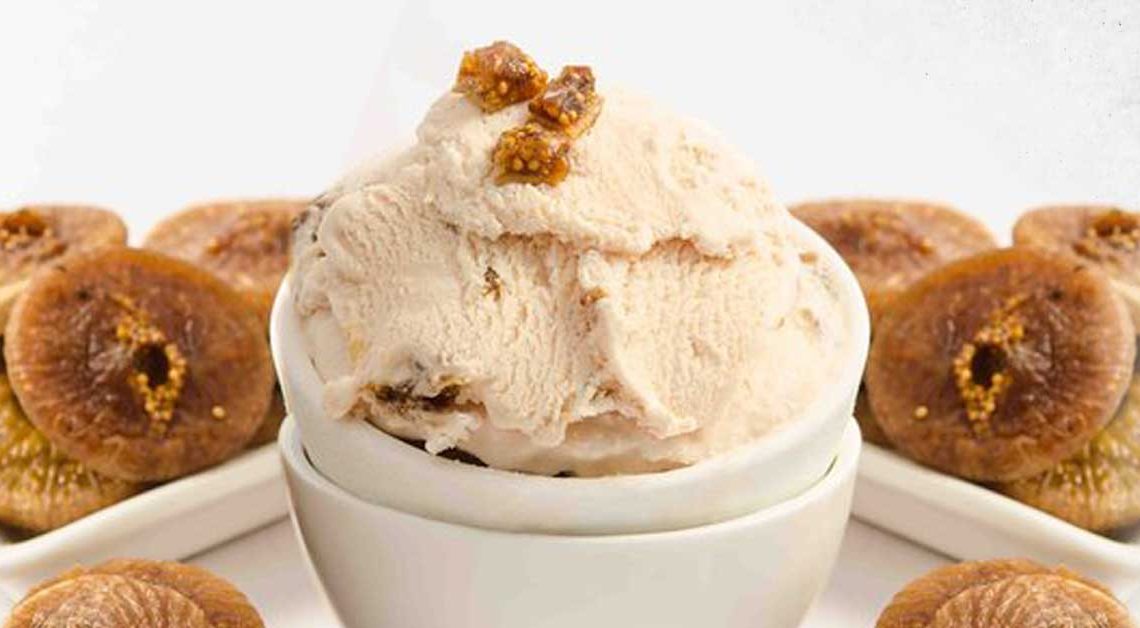Chilling With Chikoo Ice Cream

Chikoo ice cream is a delicious way to cool down on a hot summer day. It’s made from fresh, ripe chikoo fruit and has a unique, creamy flavor that’s unlike any other ice cream you’ve ever tried. The ice cream is frozen in small batches to ensure that it retains all of its freshness and flavor making it suitable for vegan and dairy-free diets. It’s also an excellent source of antioxidants and other essential vitamins and minerals. Whether you’re looking for a fun treat for your family or a special treat for yourself, Chikoo scoop is sure to satisfy. Get it before it melts!
So what are you waiting for? Get your spoon ready and start digging into the deliciousness of chikoo ice cream! Nom Nom
The chikoo, also known as sapodilla, is a fruit native to warm, tropical regions. Its sweet and caramel-like flavor, with hints of pear, coconut and brown sugar, makes it a perfect ingredient for ice cream. When transformed into a frozen dessert, the chikoo’s natural sweetness becomes intensified, resulting in a truly indulgent experience.
Origin Of Chikoo Ice Cream
The origin of Chikoo Ice Cream can be traced back to the tropical regions where the chikoo fruit, also known as sapodilla, is abundantly grown. Chikoo is native to countries like Mexico, Central America, and parts of the Caribbean, but it has also been cultivated in other warm regions around the world.
In these regions, local ice cream artisans and dessert enthusiasts experimented with different fruits to create innovative flavors. Recognizing the deliciousness and natural sweetness of chikoo, they began incorporating it into ice cream recipes. By blending the creamy base with chikoo pulp or extract, they produced a delightful frozen treat that highlighted the tropical flavors of the fruit.
The origin showcases the creativity and innovation of culinary enthusiasts who sought to enhance the frozen treat with the tropical goodness of chikoo fruit, bringing joy to countless ice cream lovers around the globe.
History Of Chikoo Ice Cream
The history of Chikoo Ice Cream dates back to the early 20th century when the concept of incorporating fruit flavors into ice cream gained popularity. While specific details about the exact origin and timeline are scarce, it is believed that it emerged in regions where the chikoo fruit is native and widely cultivated.
In tropical regions where chikoo is abundant, it was a natural choice to incorporate this delicious fruit into ice cream recipes. By blending the pulp or extract of chikoo with a creamy base, ice cream makers were able to capture the tropical flavors and unique sweetness of the fruit, creating healthy Ice Cream.
Today, it continues to be a beloved flavor, cherished by ice cream enthusiasts who appreciate its creamy texture and the delightful fusion of tropical sweetness. It stands as a testament to the creativity and innovation of ice cream makers, who have transformed a regional fruit into a globally enjoyed frozen treat.
Cultural Significance Of Chikoo Ice Cream
Chikoo Ice Cream holds cultural significance in regions where the chikoo fruit is deeply rooted in local traditions and culinary practices. Here are some aspects of its cultural significance:
Regional Delicacy: It is often considered a regional delicacy in areas where chikoo fruit is grown and enjoyed. It represents the flavors and culinary heritage of those regions, serving as a source of local pride.
Tropical Connection: Also symbolizes the tropical essence and flavors of the regions where chikoo is cultivated. It evokes a sense of connection to the natural beauty and bounty of tropical environments.
Traditional Dessert: It may be part of traditional dessert menus or festive celebrations, representing cultural heritage and culinary traditions. It can be enjoyed during religious festivals, weddings, or other special occasions, adding a touch of sweetness to the festivities.
Where Is Chikoo Ice Cream Famous?
Chikoo Ice Cream is particularly famous in regions where the chikoo fruit is native or widely cultivated. Some of the places where it has gained popularity and is cherished include:
India: It is quite popular in India, especially in regions like Maharashtra and Gujarat where chikoo fruit is abundantly grown. It is often found in ice cream parlors and local dessert shops, and it is enjoyed by locals and tourists alike.
Mexico: As one of the native regions of chikoo, Mexico has a strong affinity for healthy scoop. It is commonly available in ice cream shops and is appreciated for its tropical flavors and creamy texture.
Southeast Asia: It has gained popularity in Southeast Asian countries like Thailand and Malaysia, where chikoo is grown and appreciated. It can be found in ice cream parlors and dessert shops, offering a refreshing tropical twist to the ice cream scene.
Interesting Facts And Trivia
Certainly! Here are some interesting facts and trivia related to Chikoo Ice Cream:
- The chikoo fruit is also referred to as sapodilla, sapota, naseberry, or brown sugar fruit in different parts of the world.
- Chikoo fruit has been used for its medicinal properties in traditional medicine. It is believed to have beneficial effects on digestion and respiratory health.
- It is praised for its velvety and creamy texture, which is attributed to the natural richness of the chikoo fruit. It creates a smooth and luscious mouthfeel.
- Chikoo has a distinct flavor that combines elements of pear, caramel, and brown sugar. This unique taste translates into Ice Cream, offering a delightful and exotic flavor experience.
- Chikoo is naturally sweet, allowing for the reduction of additional sugar in recipes. This makes it a relatively healthier dessert option compared to some other ice cream flavors.
- Chikoo can be used not only in ice cream but also in other desserts like milkshakes, smoothies, and even baked goods. Its natural sweetness and flavor make it a versatile ingredient in the culinary world.
- Chikoo is a good source of dietary fiber, vitamins A and C, and minerals like potassium and iron. While the exact nutrient content may vary, it can provide some of these benefits in a frozen dessert form.
- It is often associated with tropical regions due to the chikoo fruit’s origin in warm climates. It evokes feelings of vacation and exotic destinations.
- For those who grew up in regions where chikoo is popular, it can evoke nostalgic memories of childhood and family gatherings.
- It is gaining recognition and popularity in various parts of the world as people embrace unique and exotic flavors in their dessert choices.







